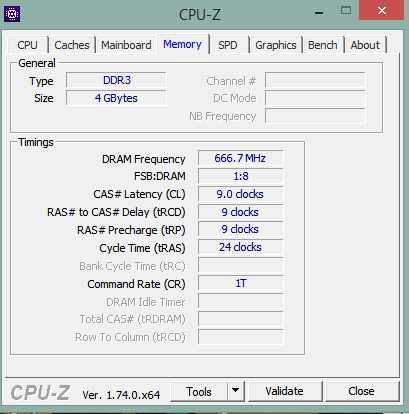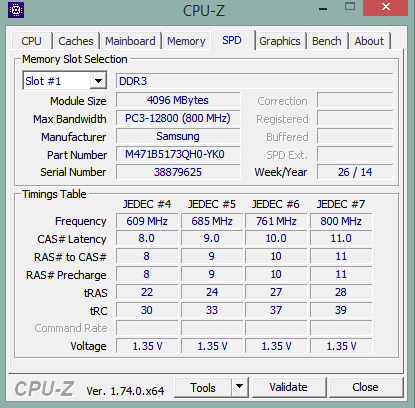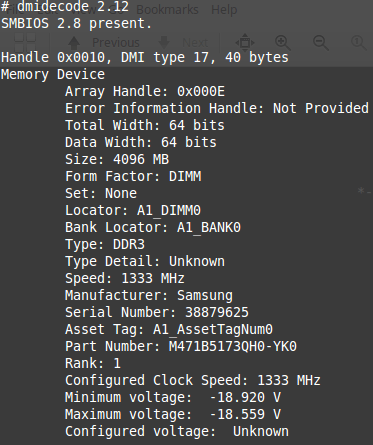3
Is DDR3L RAM and DDR3 RAM compatible?
I have a Notebook that I want to upgrade, Toshiba Satellite C55-B5212KL and (the manufacturer specs are here) where they clearly state that the RAM is a DDR3L.
Now my question comes from the fact that I have dual OS (Windows 8.1 and Linux Mint 17.3) and the outcomes after using an app on Windows and running two commands in Linux are like this:
Outcome of memory under Windows 8.1
Outcome of SPD under Windows 8.1
Linux: sudo lshw
Linux: sudo dmidecode --type 17
On Linux the results are straightforward and they don’t show that my laptop has a DDR3L memory, they say it has a DDR3 @1333 MHz. On the other hand the app in Windos 8.1 also shows a RAM DDR3 but @666 MHz which is confusing for me since I don’t know so much about hardware.
So again, whom should I trust for upgrading my laptop and making the right purchase, my output from two different OS or the manufacturer specs?




Small note, but as you can see I edited your post to set inline images. Of course at the time of this post you don’t have enough reputation to post images. But in the case of the Linux command output, it’s always better when the output is text to just copy and paste that text into the body of your question or answer itself. It makes things easier to read and easier of the page to be searched on if someone is dealing with an issue similar to yours. Hope you get an answer that focuses on your issue and hope you earn more rep so you can add images on your own! – JakeGould – 2015-12-15T06:45:03.657
1Thanks Jake, I'll take your advice on the command output. Sorry for the terrible drafting on this question, kind of late here and not a native in the English language. Hope to earn more rep soon. – juliotv – 2015-12-15T06:56:27.993